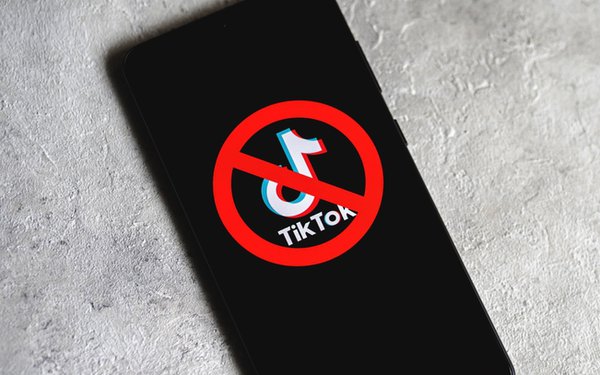by Colin Kirkland
Source: www.mediapost.com, July 2024
With a selloff or ban of TikTok still likely in the U.S., the ByteDance-owned social-media platform is experiencing a recent decline in ad spend.
Major advertising partners have begun to prepare for the disappearance of the popular video-sharing app, as first reported by Adweek.
According to MediaRadar, TikTok’s ad-spending growth has seen a downturn since the selloff bill was introduced in March, although the overall numbers are still up. Ad spend on the app was up 19% in March, 11% higher in April, and only 6% higher in May.
Some major brands have made significant changes to their investment in the hugely popular ByteDance-owned app. Target has reduced its TikTok ad spend by 30%, while DoorDash has cut ad spend by 25%, Bayer has reduced its spend by 20% and Procter & Gamble has cut ad spend by 10%.
DoorDash was among TikTok’s top advertisers in 2023, along with Amazon.com, Apple, Comcast and Disney. Together, these companies spent $284 million over the course of the year.
Sensor Tower shows that average daily spend on TikTok dropped 2% month-over-month in April — which could signal a bigger shift in the industry as brands pull ad dollars from TikTok and reinvest them in other social platforms that are likely to capitalize from the decline or demise of TikTok.
The obvious replacement platforms are YouTube, Instagram and Facebook, which have already adopted their versions of TikTok’s short-form video features, with ad products that make it worthwhile for brands.
Last year, one study found that YouTube actually reigned supreme among U.S. teens — a significant finding in light of TikTok’s recent decline among younger users.
According to YouGov, TikTok’s users between 18 and 24 years old have fallen 10% since 2022 (from 35% to 25%), while the percentage of users between the age of 35 and 44 has risen 16% to 19% over the past two years.
YouTube also continues to unveil new in-stream shopping tools in an effort to give brands and creators ways to better sell products on the app — a major goal for TikTok.
Meanwhile, Meta has been building up its algorithm via committed artificial intelligence investments with the probable intent of taking market share from TikTok regardless of a ban.
Facebook has also introduced a new full-screen video player that will facilitate a variety of video types intrinsic to the app including short-form Reels, long-form videos and Live content, while also queuing up an array of relevant videos, embodying a design almost identical to TikTok.
“We’re seeing ad spend decelerate a bit YoY,” an agency executive told Adweek, with regard to TikTok, adding that the ban has “triggered more of a performance-centric mindset” among some brands, with TikTok now viewed as being “weaker in performance compared to Meta.”
TikTok has officially opposed the sell-off bill, arguing that the statute, which prohibits web hosting services and app marketplaces from distributing the app unless ByteDance divests within one year, amounts to unconstitutional censorship. The decision, however, may depend on who wins the 2024 presidential election. Biden has already agreed to support a sell-off or ban, but if Donald Trump is re-elected in November, his opposition to the bill could result in a win for TikTok.
As some major brands decrease their ad spend on the app, smaller brands could devise short-term strategies for filling this gap and stoking engagement until TikTok is banned, or not. It’s truly too early to tell.

